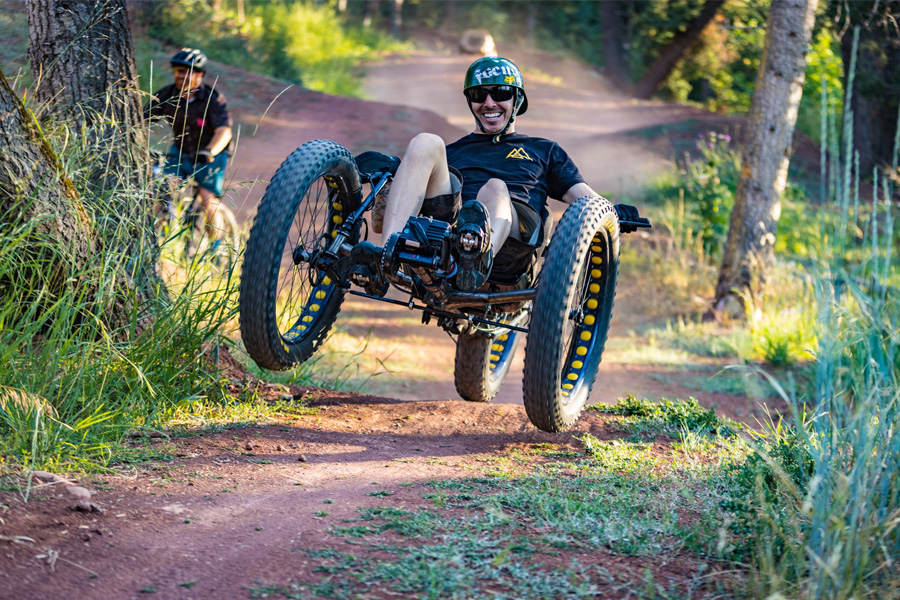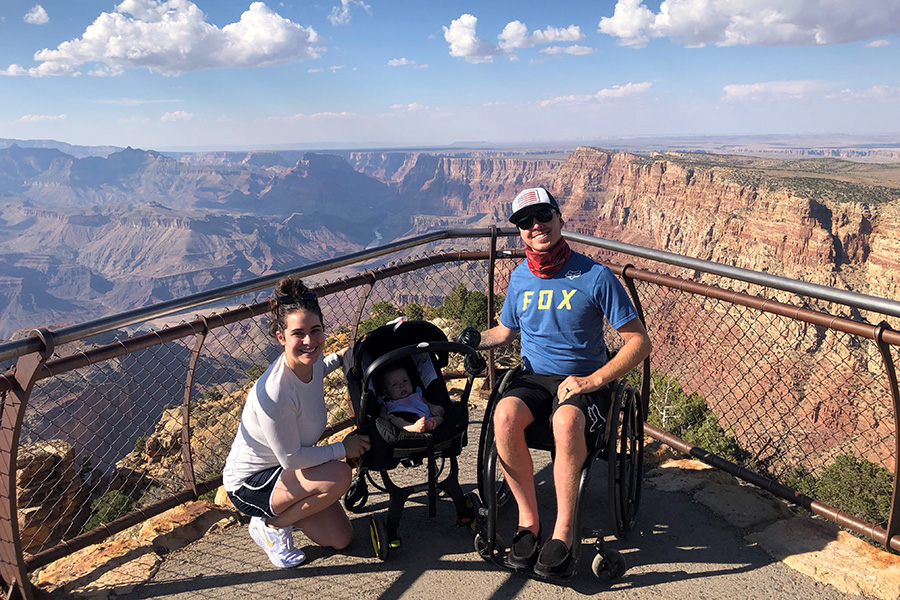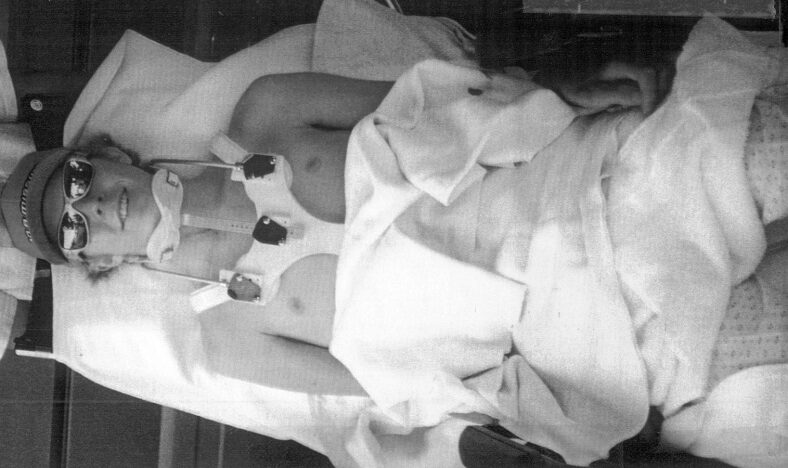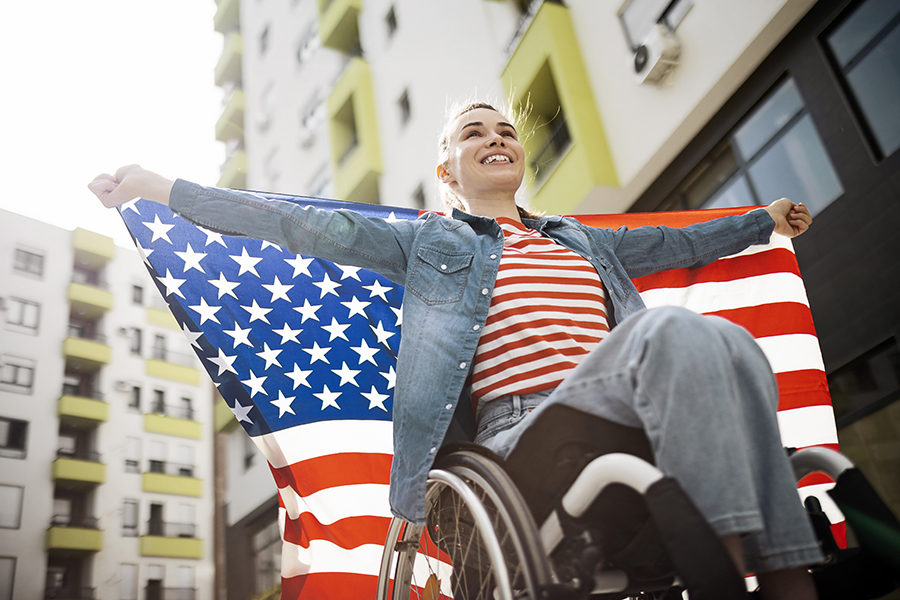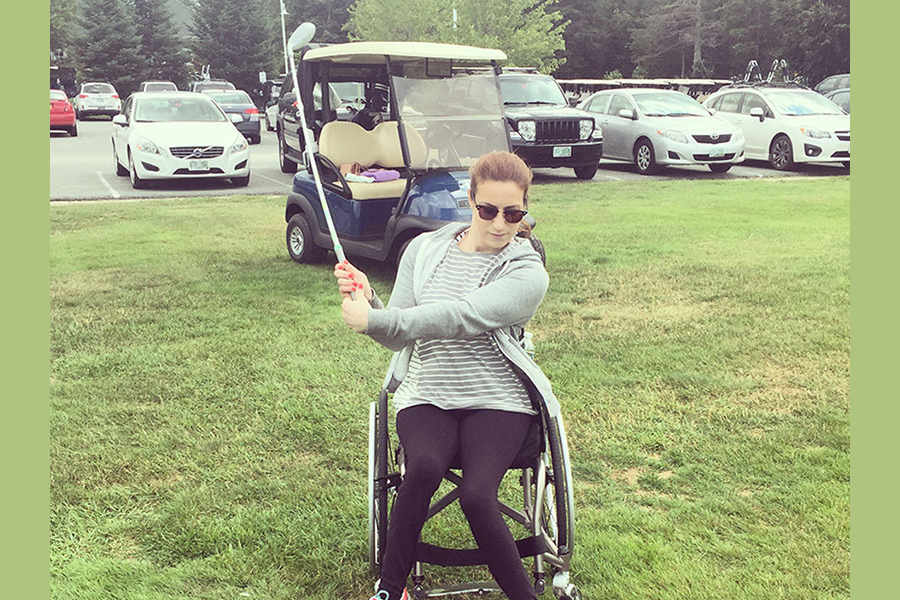Living with a Spinal Cord Injury: Wheelchair Transfers
Any wheelchair user should be well-versed in good old-fashioned wheelchair transfers. Not much has changed in the way you get in and out of a bed or chair with a spinal cord injury, other than the equipment itself.
You can also watch a video I made with my friend Xander and others about wheelchair transfers:
As a recovering quadriplegic, with limited movement and strength in my upper body, transferring to and from a bed, couch, wheelchair, or car was a significant challenge for me. Initially a two-person transfer was needed just to move me from a bed to a chair – rolling or not.
Needless to say, the act of transferring a paralyzed body from one place to another takes some planning, special equipment, proper technique and a little understanding of the fundamental law of leverage.
Over time, and with a lot of rehabilitation, my strength and ability improved, enabling me to adopt new ways of transferring from surface to surface.
Here is the sequence of transfer styles I used on my way to independence:
- Two-Person Transfer
- Hoyer Lift
- One-Person Transfer Board
- One-Person Pivot Transfer
- One-Person Stand Assist
- Independent Transfer Board
- Independent Pivot Transfer
Methods for Wheelchair Transfers
The starting point for most wheelchair transfers is to position the wheelchair as close as possible to the surface that is being transferred to. That means making a small angle, with little to no gap between the two surfaces and be sure to LOCK THE BRAKES! With that in mind, here are some common methods for wheelchair transfers:
Using a Transfer Board
When learning to transfer, a transfer board is commonly used to bridge the gap between surfaces. This devise enables you to slide across the gap, rather than having to push and pivot your body weight up and off of the surface.

Transferring Without a Board
Transferring without a board is best done with one swift lift. Before the transfer, make sure there is very little gap between the chair and the other surface. Lock the brakes and place your feet on the ground in front of the wheelchair to ensure they don’t become entangled on the wheelchair foot plate.
The compound movement, when done correctly, is a combination of the following:
- Push up off the surface as if you’re doing a pressure release.
- Swing through and pivot up and over the wheel and gap.
- Make a stable landing upon the target surface.
This technique requires practice, strength and a good understanding of your body’s fall angle and leverage points.
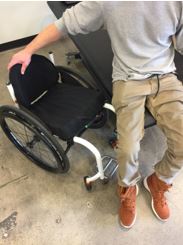
My suggestion for initial wheelchair transfers is to start by using a transfer board, practice the basics and learn how your body moves specific to your condition.
From the Floor
At one point or another gravity wins, and we find ourselves flat on the floor. For folks with a lower level injury and a strong upper body, it boils down to technique, when transferring from the floor and back into a chair. I have witnessed a few different floor-to-chair techniques and from my observation, success with this method depends on your size, strength and flexibility.
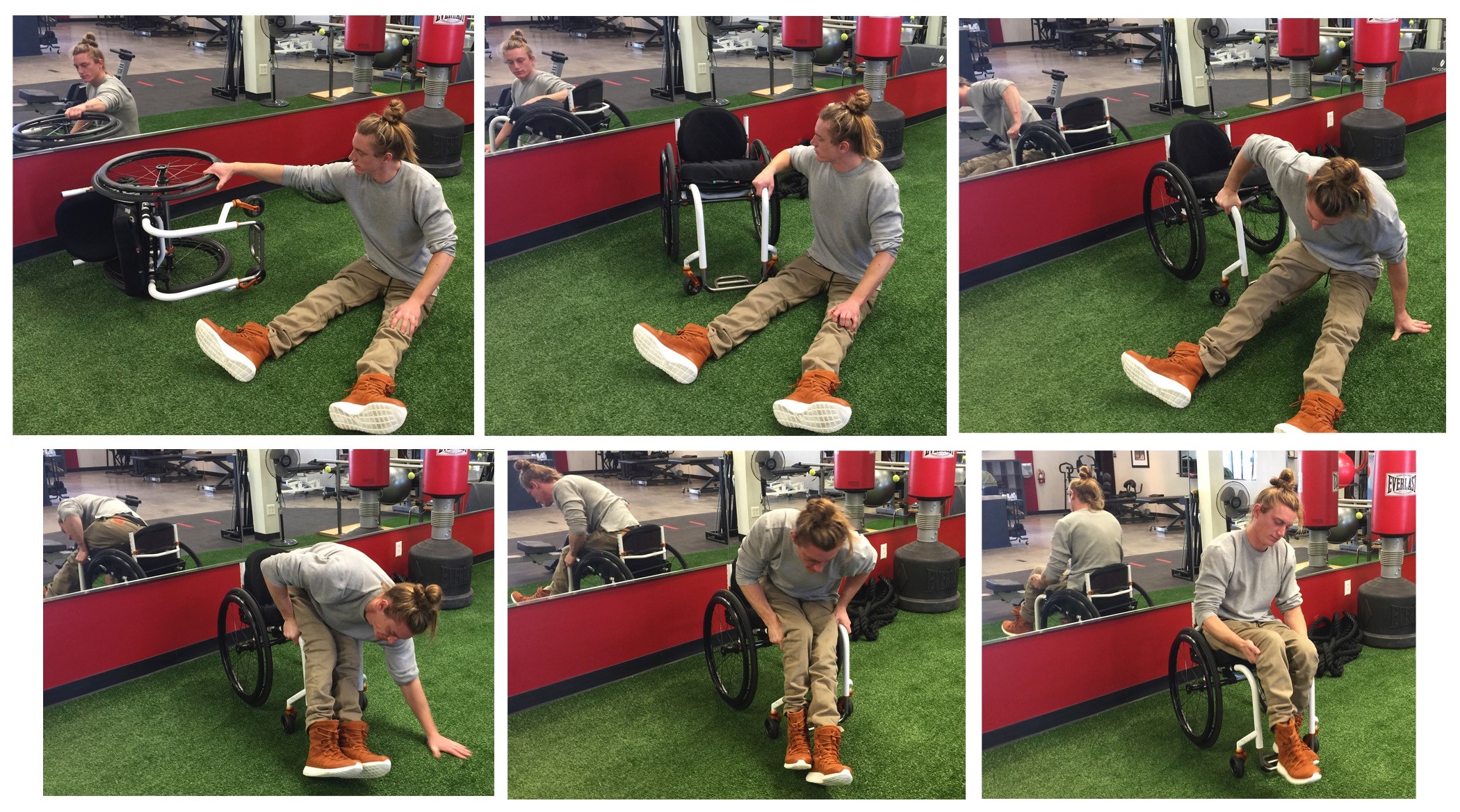
Car Transfers
Getting into a car can be a complicated transfer. The basic fundamentals still apply (see above) but one or two people may be needed to help, at first. The amount of help needed depends on the height of the car, as well as your strength and skill. This technique requires a lot of practice and it’s best to begin with a therapist before trying it alone. I’ve seen people use some creative methods to get into a vehicle…to each his own!
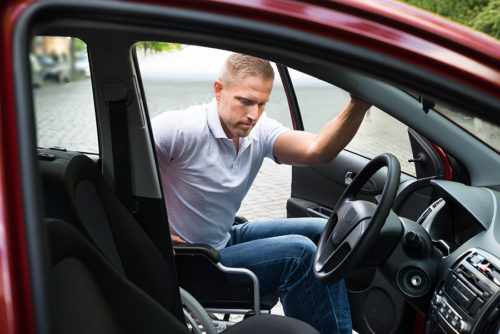
Hoyer Lift
For higher-level injuries, a one or two-person transfer may be required to assist you into your wheelchair. The use of a Hoyer Lift, a crane-like device that uses a full-body sling, enables a single assistant to hoist you up and into position. This piece of equipment is great for individuals who are heavier and/or less mobile.
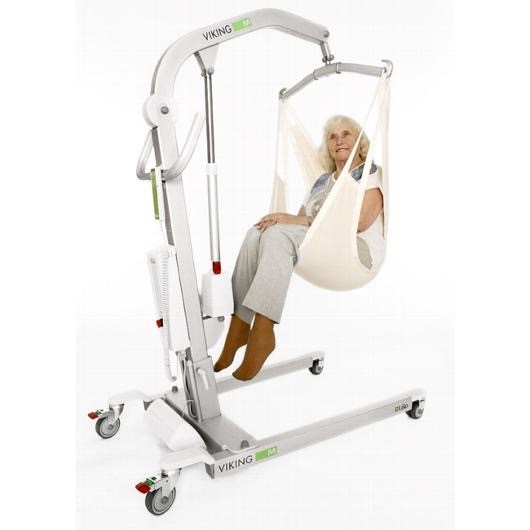
Assisted Wheelchair Transfers
The best way to learn assisted wheelchair transfers is to enlist help from a licensed physical or occupational therapist. In a safe, controlled environment the therapist can educate one or two assistants about proper body position, body mechanics and leverage points for a safe one or two-person transfer. The two standard methods are:
From Behind: For a one-person assisted transfer, the assistant will stand behind the chair and reach over the wheelchair backrest, lifting you up under the seat of your pants. He can hold onto a gait-belt, belt loops or waist band and assist you to pivot.
From the Front: If there is enough space for an assistant, he can stand in front of the wheelchair, facing you. During the transfer, the assistant lifts, while you lean forward into him. He will lift from under your hips, grasping either a gait-belt, belt loops or waistband.
A two-person transfer is a combination of the above, with the person in front primarily responsible for transferring your legs.
A word of caution: I do not recommend assisting someone by lifting under their shoulders. The shoulder joint is an unstable structure and can be easily injured by improper force applied during a transfer.
No matter the level of spinal cord injury you have, mastering the technique of the transfer is the first step towards the next adventure.
Best in health,






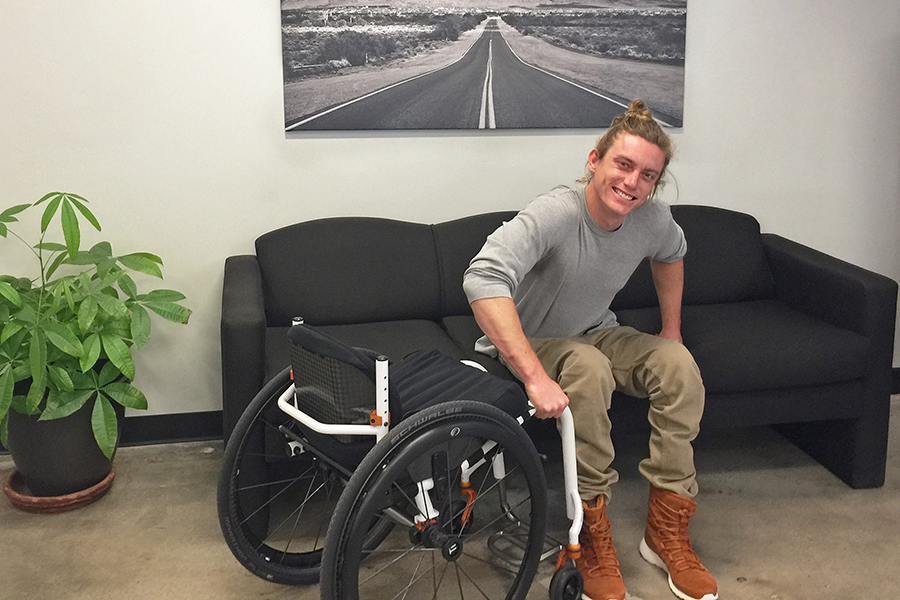


 I have a trip coming up and I am having trouble envisioning how I can safely and hygienically self-catheterize in a typical men’s restroom stall.
I have a trip coming up and I am having trouble envisioning how I can safely and hygienically self-catheterize in a typical men’s restroom stall.